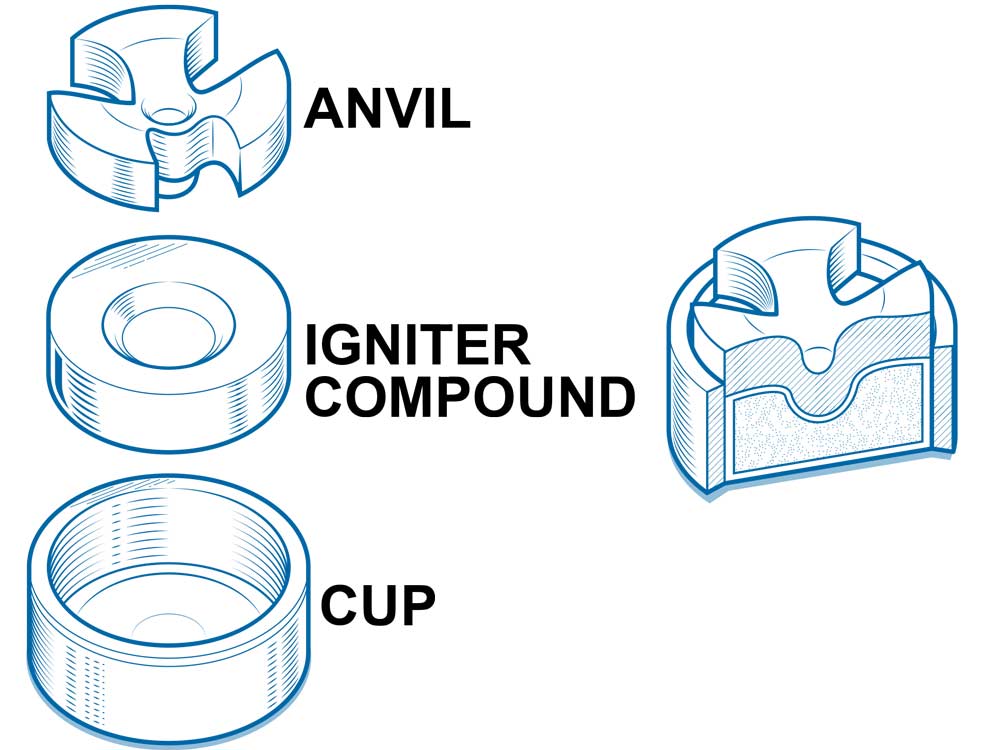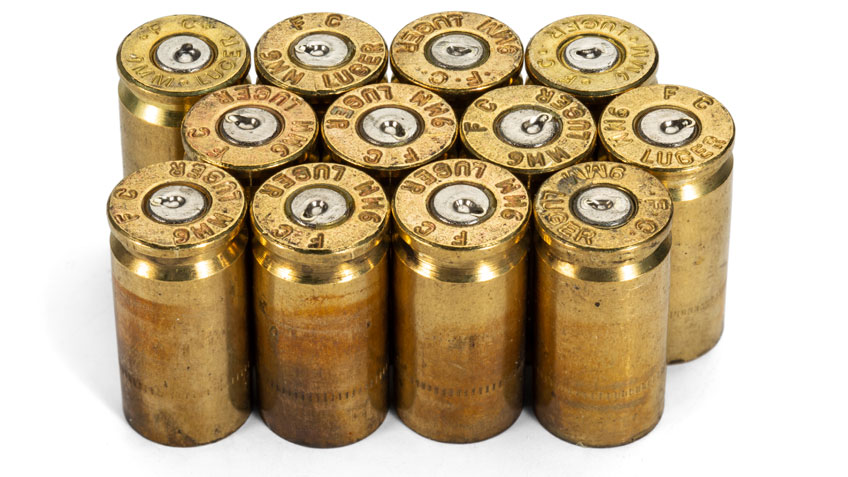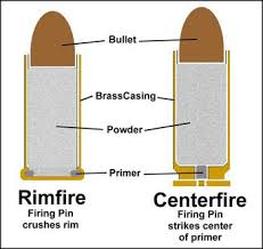Reloading Primers - An Overview
Table of ContentsUnknown Facts About Small Pistol Primers6 Easy Facts About Cci Primers DescribedThe 25-Second Trick For Primers In StockWinchester Primers Fundamentals ExplainedThe Cci Primers Ideas
Part of the firearm cartridge for starting propellant burning In firearms and artillery, the primer () is the chemical and/or gadget in charge of starting the propellant burning that will push the projectiles out of the gun barrel. In very early black powder guns such as muzzleloaders, the primer was essentially the same chemical as the main propellant (albeit usually in a finer-powdered form), yet poured right into an exterior flash pan, where it could be fired up by an ignition resource such as a slow match or a flintlock Some muzzleloaders have guides like cap weapon caps.
In artillery the primers are frequently a different part, placed inside the barrel to the back of the primary propellant chargebut there are various other examples of guns, consisting of for instance some automatic tools, created to shoot cartridges with important electric primers.
Unknown Facts About Primers In Stock

With the advent of hand-held weapons, this came to be an undesirable means of shooting a gun. Holding a burning stick while attempting to pour a charge of black powder thoroughly down a barrel is harmful, and also trying to hold the weapon with one hand while at the same time aiming at the target and also looking for the touchhole makes it really difficult to fire properly. The initial attempt to make the procedure of shooting a small arm less complicated was the "matchlock".
, and dried. After the gun was loaded and also the touchhole topped with powder, the burning tip of the match was positioned so that the lock would bring it right into call with the touchhole.
Not known Facts About Winchester Primers
This brought the match down to the touchhole, firing up the powder - https://profiles.delphiforums.com/n/pfx/profile.aspx?webtag=dfpprofile000&userId=1891163643. With careful attention, the slow-burning suit can be maintained shedding for long periods of time, as well as the use of the lock mechanism made relatively accurate fire feasible. The following transformation in ignition modern technology was the "wheel-lock".

The protected flashpan also supplied some capability to hold up against poor climate. The wheel-lock delighted in just a short period of popularity before being superseded by a less complex, more durable design.
The Best Strategy To Use For Small Pistol Primers
The flint was held in a spring-loaded arm, called the "dick" from the similarity of its motion to a pecking hen. The penis rotated via roughly a 90-degree arc and was held in the tensioned, or "cocked" setting by a trigger.
The "half-cock" position held the dick halfway back, and utilized a deep notch to make sure that pulling the trigger would not launch the cock. Half-cock find more info was a safety position, utilized when loading, saving or lugging a packed flintlock. The "full-cock" position held the cock right back as well as was the setting from which the gun was fired.
It functioned as both a flashpan cover as well as a steel striking surface area for the flint. The frizzen was hinged as well as spring-loaded to ensure that it would secure the open or closed setting. When closed, the striking surface was positioned so that the flint would certainly strike at the correct angle to generate a trigger.
About Pistol Primers
The flintlock device was simpler and more powerful than the wheel-lock, as well as the flint and also steel gave an excellent, trusted source of ignition. The flintlock continued to be in army service for over 200 years, as well as flintlocks are still made today for historical re-enactments and also muzzle-loading target competition, and also for seekers that enjoy the extra obstacle that the flintlock gives.
By the center of the 19th century, the percussion or caplock system was well established., as it was less complex and also a lot more dependable than the flintlock.
The flashpan and also frizzen were eliminated and also replaced by a little, hollow horizontal cyndrical tube (drum) screwed right into the bored-out as well as touched flash hole and also bring a "nipple" over which the cap could be fitted. A "hammer" which additionally had half-cock (for packing as well as using the cap) as well as full-cock placements replaced the penis.